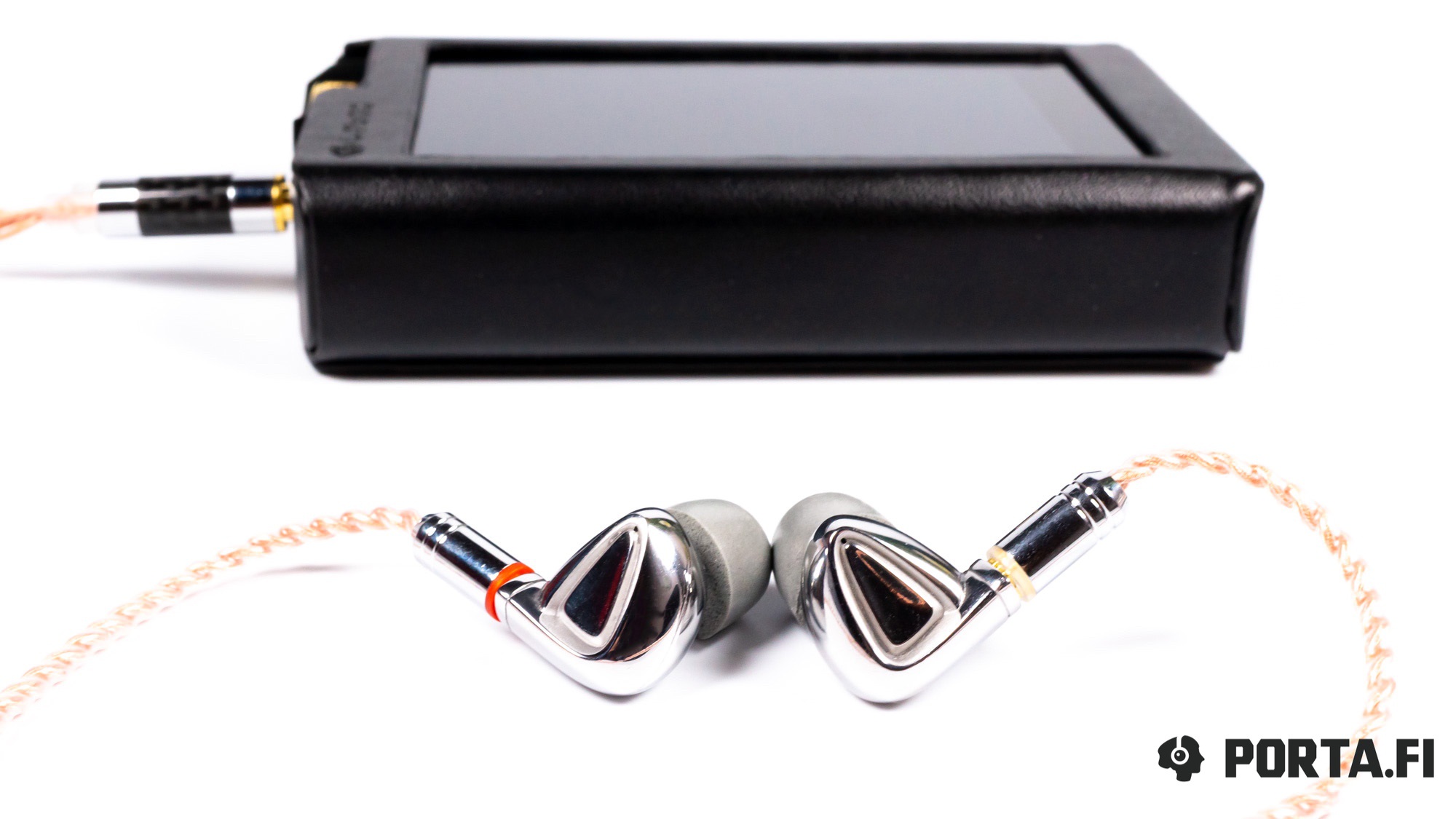The subject of unusual transducers in iems is quite abundant these days and there appear more and more models with piezoelectric, electret and even isodynamic transducers. However today we will speak about a vivid representative of rather affordable segment — planar TinHiFi P1 IEMs.
The company is already very popular among those who appreciate neutral monitor presentation, having already produced several dynamic models and T3 hybrids. Since the engineers tend for micro details there is no wonder they have begun to think about planar drivers. The ready P1 product has appeared from the second attempt, while the first attempt lacked lows and current revision has been corrected (as seen by TinHiFi).
The pleasant thing is that despite unusual transducer and great build quality the price is rather moderate — the IEMs could be boughtfor 170 USD as of writing this review.
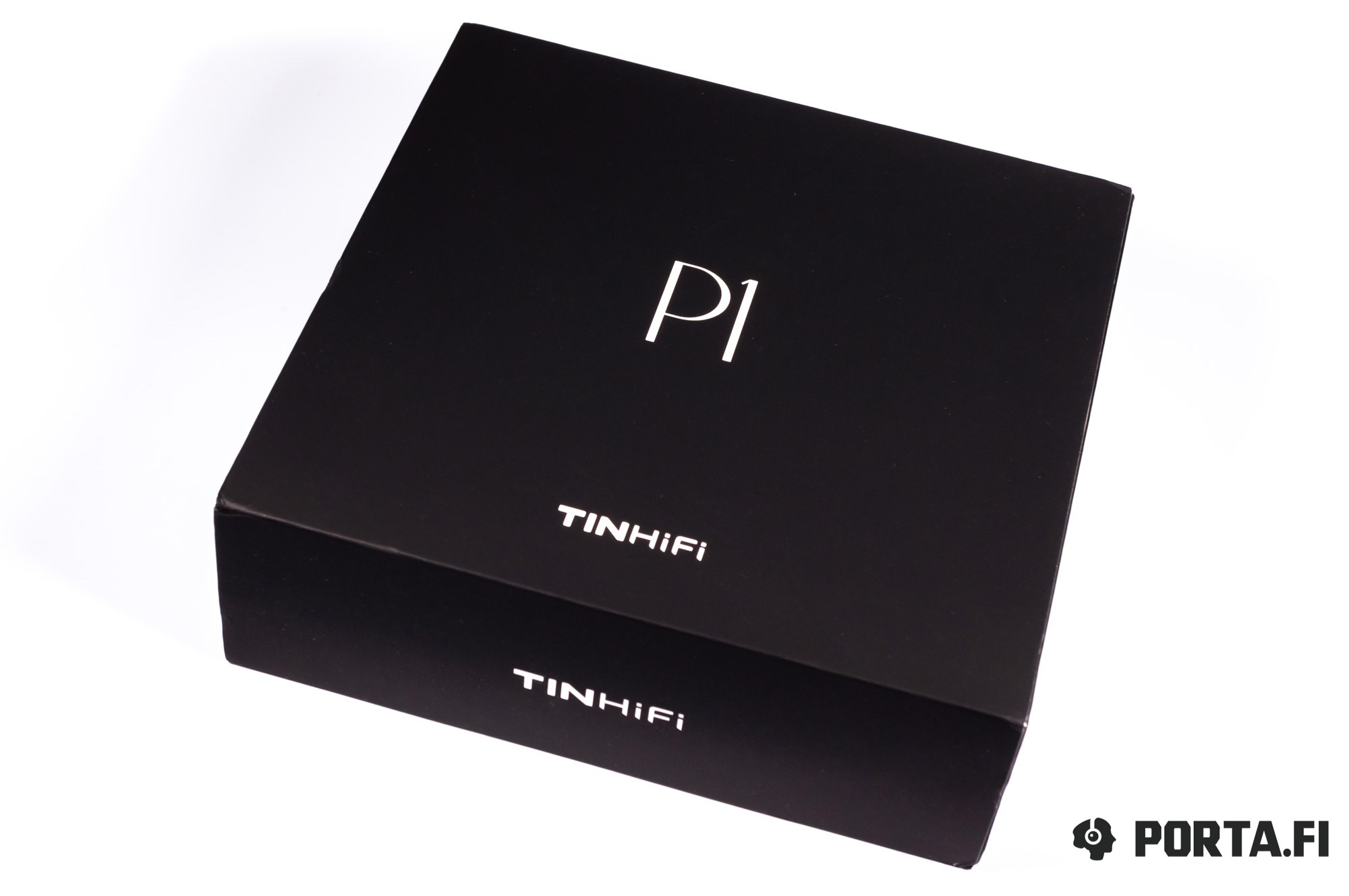
Specifications
- Transducer: isodynamic, 10 mm
- Impedance: 20Ω
- Sensitivity: 96±3 dB
- Frequency range: 10 Hz – 40 kHz
- Nominal power: 5 mWt
- THD: <1 dB
- Cable: 5N OFC, 1.2 m, detachable, with MMCX connectors
- Jack: 3.5 mm TRS
Accessories and packaging
TinHiFi has always made good stylish packaging but for the newcomer they have decided to use different approach. Here, instead of usual book-like box, we get a more traditional black cardboard variant with dust cover. The box is much bigger than what’s inside but accessories are abundant. Besides headphones and stock cable you will also get:
- stylish leather case for storing headphones
- two sets of three pairs of silicone single tips of different inner diameter
- couple of foam tips
- sticky film for convenient cable storage
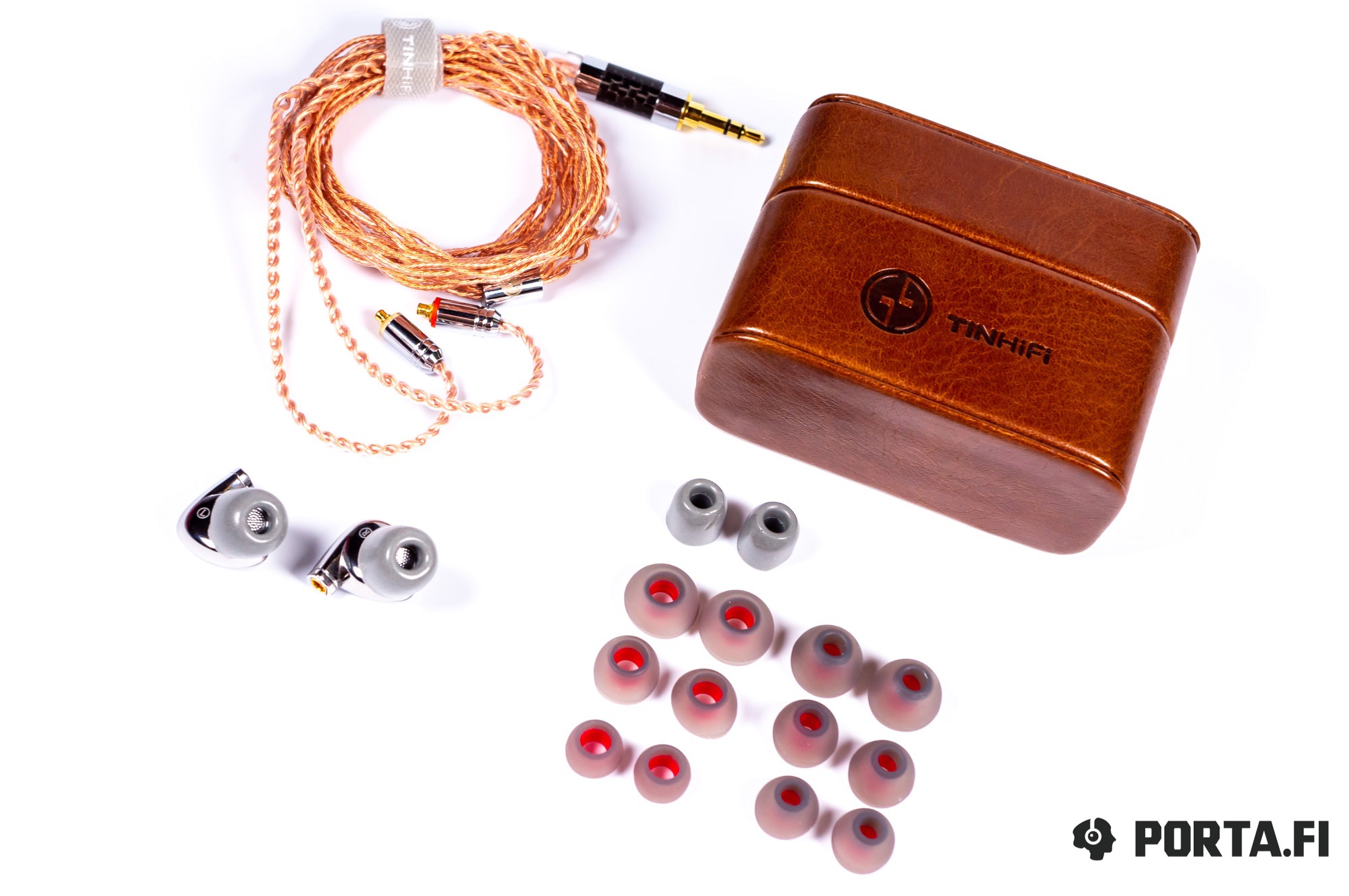
This is the case when the presentation out-does even some tops.
Design and comfort
Another thing that makes P1 dominate against competitors of even more expensive segment. The headphones are made of metal and it is not even aluminum — it is a polished stainless steel that makes the model pleasantly heavy and reliable.
TinHiFi P1 are not similar to other models. Engineers say that they have used golf club idea as design prototype, and it can be exactly seen. The build quality is good — everything is in its place, they are well polished and the metal is well processed — everything seems reliable.
The IEMs are rather convenient — the nozzles are situated at a right angle, while compact size and ergonomic shape provide with comfortable wear. Noise isolation is above average.
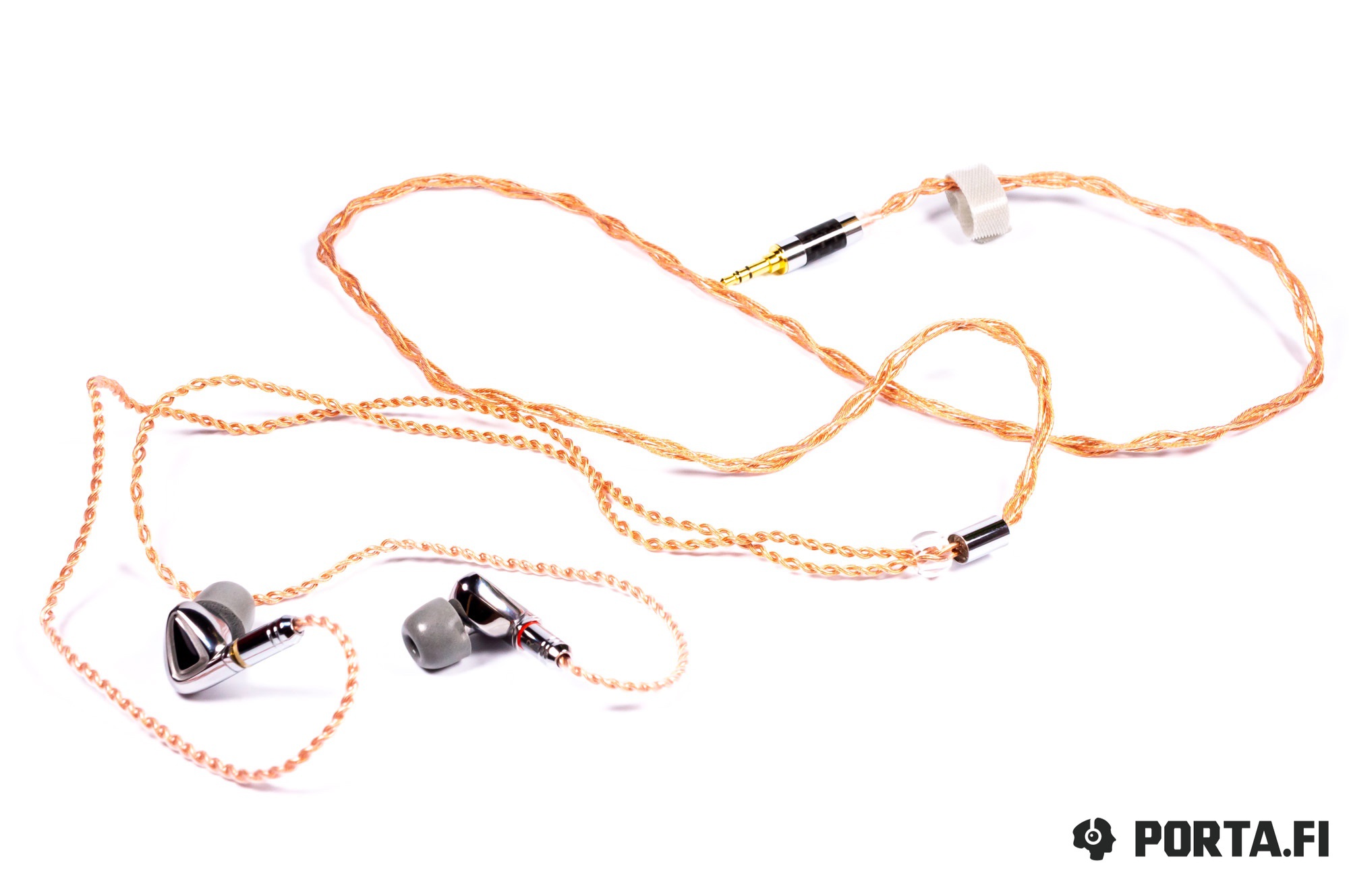
The cable is of course detachable, with MMCX connectors. They are rather tight and look durable. The stock cable has audiophile presentation — it is beautiful, of average size with good braiding. The microphone effect is very small, the cable makes no tangles and does not stiffen during the cold times.
Sound
I have used the following equipment for listening purposes.
- Yulong DA10 and Resonessence Labs Concero HP as DAC and amp
- Apple MacBook Pro Retina 2016 as a source
- Audirvana+ as a player
- Lotoo Paw Gold Touch, theBit OPUS#2, Astell&Kern A&ultima SP1000 and others as portable players
- Hi-Quality recordings in Lossless-formats (Dr. Chesky The Ultimate Headphone Demonstration Disc and others)
The IEMs have been burnt in for 40 hours with audible changes for the first 25 hours.
It is somewhat funny, but in this particular case the IEMs really play in the manner similar to the over-ear isodynamic models. If you have seen such classics as HiFiMan Sundara or HE-400i you can easily imagine the P1 sound — neutral, detailed with very good transitions.
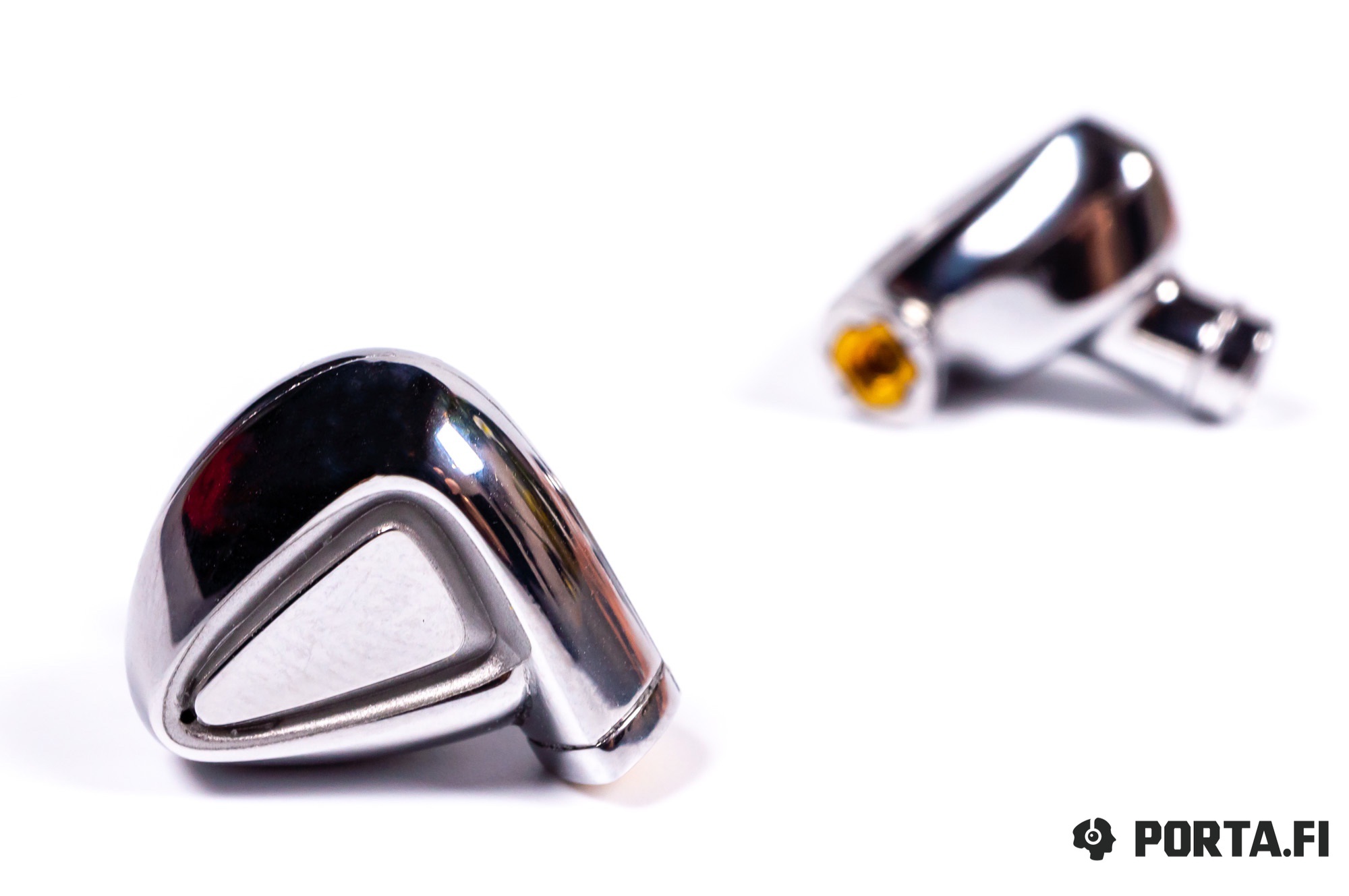
The bass of this model is not accentuated and will not be suitable for those who love bump here. The lows, however, are rather deep with good resolution and textures that you can usually find with armature models (of course, not the top ones). The bass is well controlled and provides instruments of this range with good naturalness.
The mids are of similar manner to lows, not accentuated, well detailed and well balanced. The micro details are on good level but still TinHiFi P1 do not sound too cold or too monitor due to good macro details. Quick transitions are very easy for this model so it is good at different slams and rumbles. The sound stage is slightly above average in depth and width, but P1 do not lack 3D stereo effects, so the driver construction plays vital role in this.
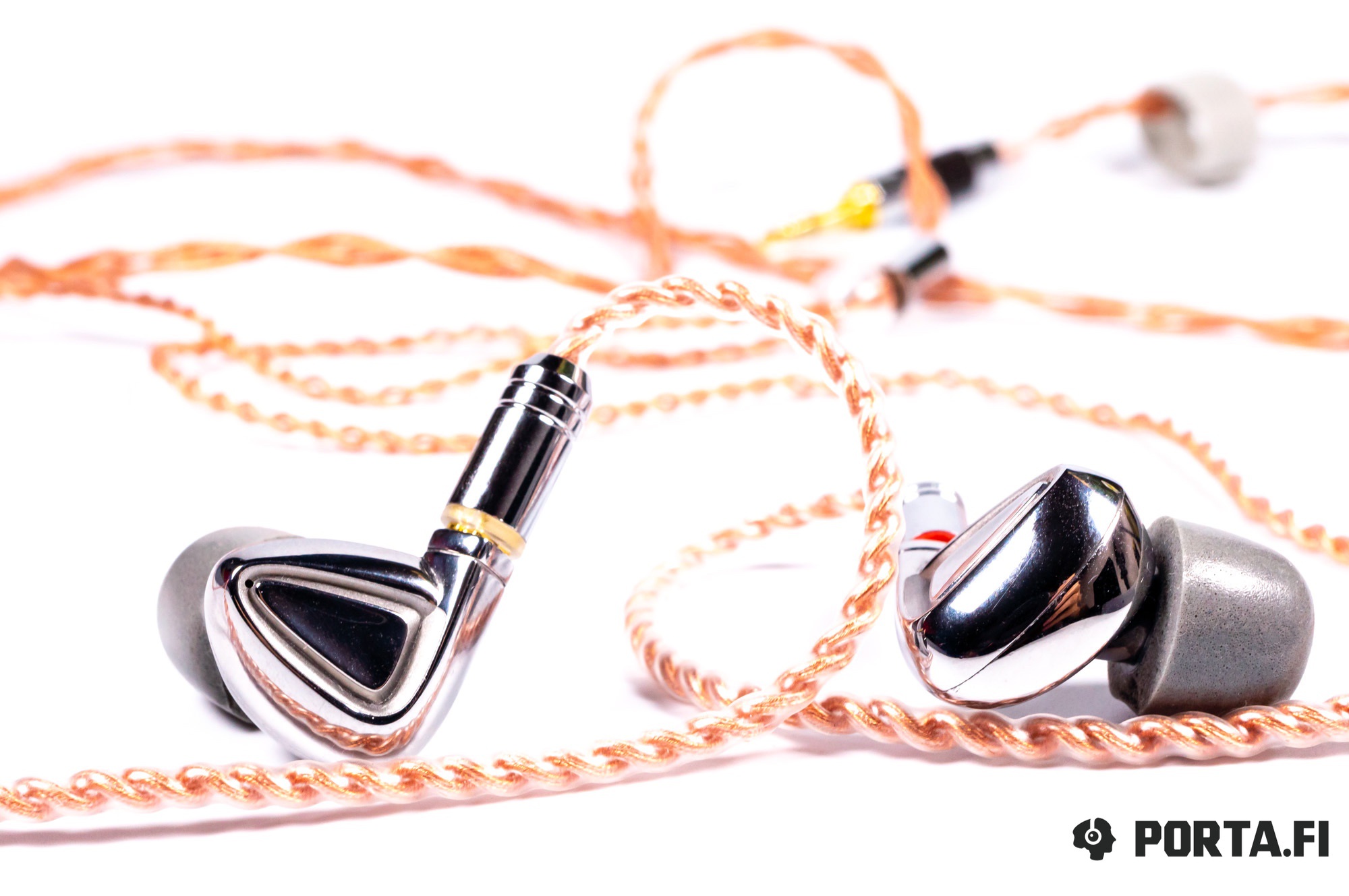
The highs have good length, so the presentation is full of overtones. All artifacts above 10 kHz will be heard too. The highs have good resolution and are slightly accentuated. The accent is moderate, to my liking, but some people may consider highs to be abundant, especially given their length. The attacks and decays are very natural and combined with basic layering provides listener with needed realism, especially in the cases when the recording and the source allow it.
Comparisons
This time there will be no comparisons, since due to unusual transducer the overall presentation is not similar to anything and the only model with similar transducer is MEEAudio Planamic, but it is tuned differently, providing with powerful bass and rolled-off highs. Of course you might compare the overall tonality but it is the isodynamic nature of transducer that will make a difference in the end.
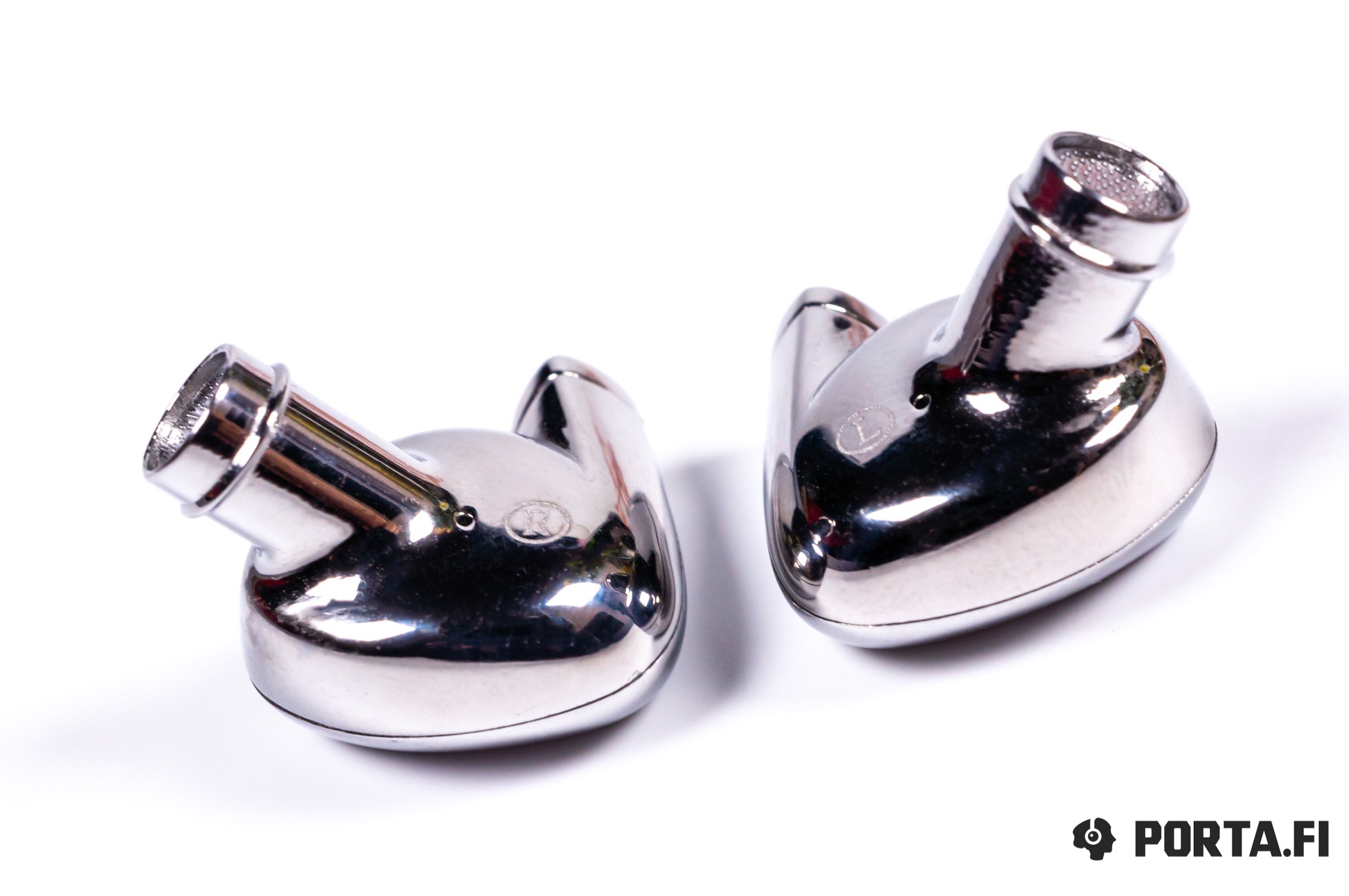
Compatibility
The IEMs will need good source with enough current. I can’t say they need too much power but regular smartphones and low-power players will not cope with them. Luckily there are many variants with output at least 100 mWt in our time and user will be able to choose something.
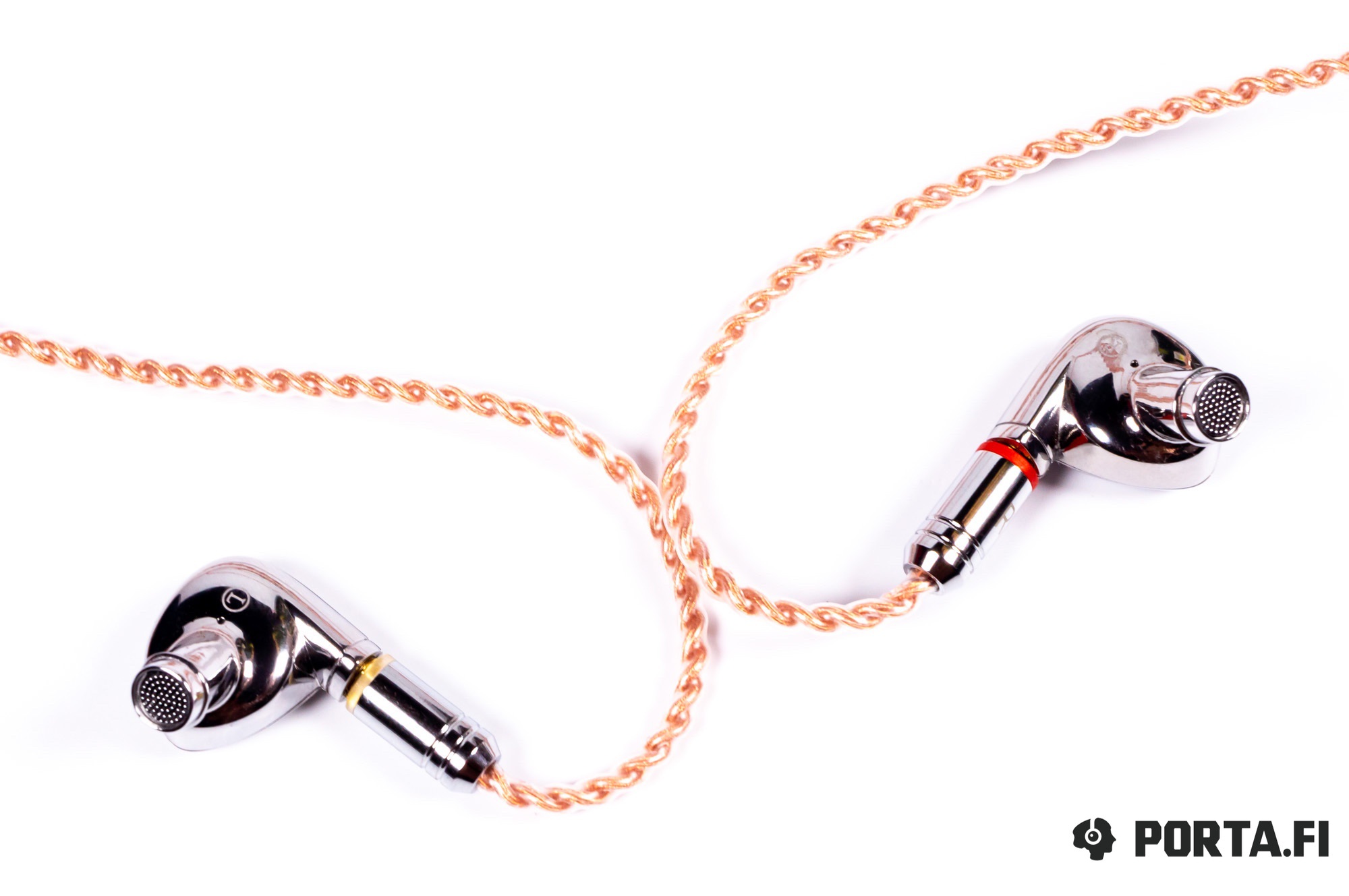
The model is universal in terms of musical genres, but it is very sensitive to the recording quality — 8 out of 10.
Example tracks
Joe Satriani — Energy A good example of how the technical transitions matter in overall headphone presentation. Here we get full of drive and complex guitar part with changing rhythm that plays over energetic drums. This requires not only weight and resolution from headphones, but also good macro details and P1 succeed in it. This track is good example of why Satriani is one of the best guitar players in the world — he plays very easily despite huge technicality of compositions.
https://tidal.com/track/6873553
Pat Metheny — Sound of Silence Another guitar virtuoso, but from the jazz world. A great cover for Simon&Garfunkel classics seems like a good contrast from the previous track and demonstrates how different guitar can be. This time it is a rather calm composition that requires maximum realism from headphones and P1 copes with it pretty well, especially in low region. I have chosen this cover on purpose, I like to assess how musicians transform well known compositions in their own style.
https://tidal.com/track/79054975
David Gilmour — High Hopes (Live an Pompeii 2016) Of course, I couldn’t help adding the third guitar virtuoso to this compilation, and he is quite different from the previous ones. I think everybody knows Gilmour, and I can add that the sound engineers have worked really well here. The sense of presence is immense in good headphones and you get the same emotions of David as 30 years ago. Of course in order to draw the maximum out of this track you will need at least upper mid segment IEMs, but TinHiFi isodynamic IEMs cope with it not bad at all and provide the listener with almost all needed nuances.
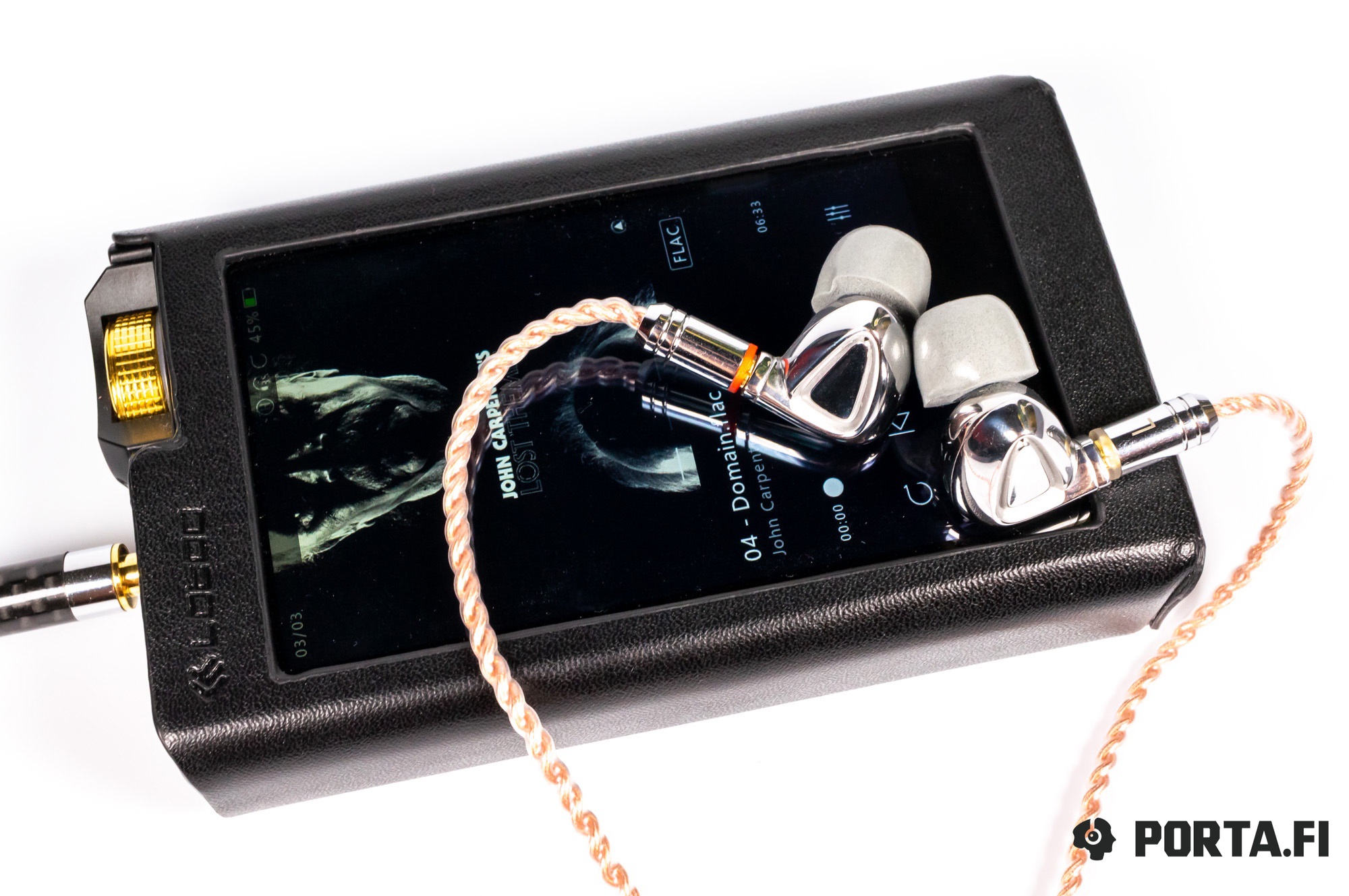
Conclusion
TinHiFi continue to develop their concept of the sound by using new technologies. Planar transducer has allowed to get a more massive sound but without damage to resolution. Great build quality, steel bodies and affordable price are very welcome here as well.
Translated By: Vadim Kolchev

